
A supernova is a powerful and luminous explosion of a star. A supernova occurs during the last evolutionary stages of a massive star, or when a white dwarf is triggered into runaway nuclear fusion. The original object, called the progenitor, either collapses to a neutron star or black hole, or is completely destroyed to form a diffuse nebula. The peak optical luminosity of a supernova can be comparable to that of an entire galaxy before fading over several weeks or months.
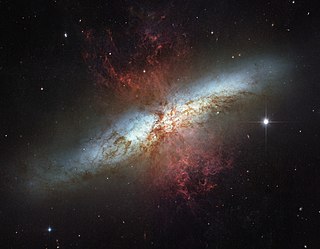
Messier 82 (also known as NGC 3034, Cigar Galaxy or M82) is a starburst galaxy approximately 12 million light-years away in the constellation Ursa Major. It is the second-largest member of the M81 Group, with the D25 isophotal diameter of 12.52 kiloparsecs (40,800 light-years). It is about five times more luminous than the Milky Way and its central region is about one hundred times more luminous. The starburst activity is thought to have been triggered by interaction with neighboring galaxy M81. As one of the closest starburst galaxies to Earth, M82 is the prototypical example of this galaxy type. SN 2014J, a type Ia supernova, was discovered in the galaxy on 21 January 2014. In 2014, in studying M82, scientists discovered the brightest pulsar yet known, designated M82 X-2.

The Pinwheel Galaxy is a face-on spiral galaxy located 21 million light-years from Earth in the constellation Ursa Major. It was discovered by Pierre Méchain in 1781 and was communicated that year to Charles Messier, who verified its position for inclusion in the Messier Catalogue as one of its final entries.

NGC 2207 and IC 2163 are a pair of colliding spiral galaxies about 80 million light-years away in the constellation Canis Major. Both galaxies were discovered by John Herschel in 1835.

Type Ib and Type Ic supernovae are categories of supernovae that are caused by the stellar core collapse of massive stars. These stars have shed or been stripped of their outer envelope of hydrogen, and, when compared to the spectrum of Type Ia supernovae, they lack the absorption line of silicon. Compared to Type Ib, Type Ic supernovae are hypothesized to have lost more of their initial envelope, including most of their helium. The two types are usually referred to as stripped core-collapse supernovae.

NGC 4639 is a barred spiral galaxy located in the equatorial constellation of Virgo. It was discovered by German-born astronomer William Herschel on April 12, 1784. John L. E. Dreyer described it as "pretty bright, small, extended, mottled but not resolved, 12th magnitude star 1 arcmin to southeast". This is a relatively nearby galaxy, lying approximately 72 million light-years away from the Milky Way. It is a companion to NGC 4654, and the two appear to have interacted roughly 500 million years ago. NGC 4639 is a member of the Virgo Cluster.

NGC 7424 is a barred spiral galaxy located 37.5 million light-years away in the southern constellation Grus. Its size makes it similar to our own galaxy, the Milky Way. It is called a "grand design" galaxy because of its well defined spiral arms. Two supernovae and two ultraluminous X-ray sources have been discovered in NGC 7424.

SN 2014J was a type-Ia supernova in Messier 82 discovered in mid-January 2014. It was the closest type-Ia supernova discovered for 42 years, and no subsequent supernova has been closer as of 2023. The supernova was discovered by chance during an undergraduate teaching session at the University of London Observatory. It peaked on 31 January 2014, reaching an apparent magnitude of 10.5. SN 2014J was the subject of an intense observing campaign by professional astronomers and was bright enough to be seen by amateur astronomers.
iPTF14atg is a type-Ia supernova discovered on 3 May 2015. The supernova is located in galaxy IC 831, some 300 Mly (92 Mpc) distant. The supernova is thought to have ignited on May 2 or 3. The supernova's shockwave slammed into a companion star, shocking it into producing an ultraviolet pulse. The companion star that was hit is suspected to be a red giant star. This detection of the UV signal represents the first time the collision event of a supernova shockwave upon a companion star has been detected. The supernova was discovered by the Intermediate Palomar Transient Factory (iPTF), a successor to the earlier Palomar Transient Factory, and based at the Palomar Observatory in California. The data was processed by collaborators in Europe, that lead to the supernova discovery.

NGC 7068 is a spiral galaxy located about 215 million light-years away in the constellation of Pegasus. NGC 7068 was discovered by astronomer Albert Marth on November 7, 1863.

NGC 4753 is a lenticular galaxy located about 60 million light-years away in the constellation of Virgo. NGC 4753 was discovered by astronomer William Herschel on February 22, 1784. It is notable for having distinct dust lanes that surround its nucleus. It is a member of the NGC 4753 Group of galaxies, which is a member of the Virgo II Groups, a series of galaxies and galaxy clusters strung out from the southern edge of the Virgo Supercluster.

NGC 710 is a spiral galaxy located 260 million light-years away in the constellation Andromeda. It was discovered by the Irish engineer and astronomer Bindon Blood Stoney on October 28, 1850 and is a member of the galaxy cluster Abell 262.
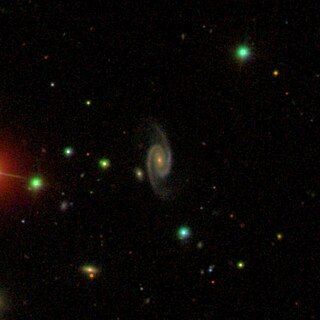
IC 3053 is a type Sab barred spiral galaxy with a ring located in the Coma Berenices constellation. The galaxy lies 720 million light-years from the solar system and has an estimated diameter of 180,000 light-years meaning the galaxy is much larger compared to the Milky Way. IC 3053 was first discovered by Royal Harwood Frost on May 7, 1904. Despite listed in the Virgo Cluster Catalogue as VCC 95, it is not a member of the Virgo Cluster due to its high redshift and instead a background galaxy.

IC 4040 is a type SABc spiral galaxy with a bar in Coma Berenices. It is located 353 million light-years away from the solar system and has an estimated diameter of 105,000 light-years making it slightly larger than the Milky Way. IC 4040 was discovered on April 12, 1891, by Guillaume Bigourdan and is a member of the Coma Cluster.
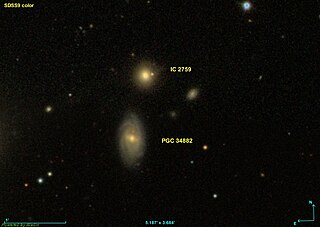
IC 2759 is a small type E elliptical galaxy located in the constellation of Leo. It is located 350 million light-years away from the Solar System and was discovered on April 24, 1897, by Guillaume Bigourdan. Sometimes IC 2759 is confused with the spiral galaxy, PGC 34882 which is located south of the galaxy.
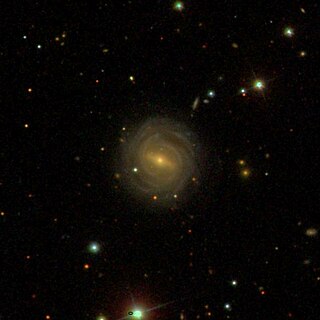
NGC 7222 is a large barred spiral galaxy with a ring structure, located in the constellation Aquarius. It is located 570 million light-years away from the Solar System and was discovered by German astronomer, Albert Marth on August 11, 1864.
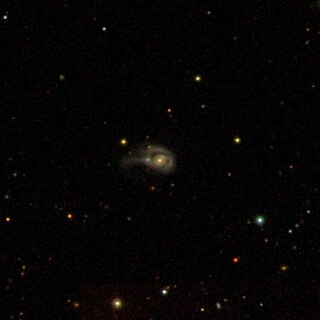
IC 3275 is a spiral galaxy with a ring structure located in the Virgo constellation. It is located 811 million light-years away from the Solar System and has an approximate diameter of 120,000 thousand light-years across. IC 3275 was discovered on May 7, 1904, by Royal Harwood Frost.

IC 2498 known as PGC 27668, is a type Sb barred spiral galaxy located in constellation Leo. It is located 469 million light-years away from the Solar System and was discovered by Stephane Javelle on April 30, 1896.
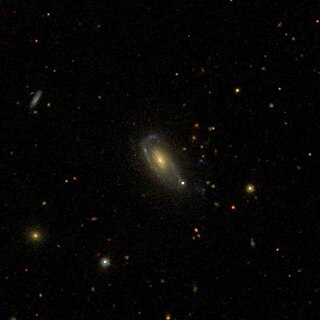
IC 1050 is a type Sbc spiral galaxy located in constellation Boötes. It is located 491 million light-years from the Solar System and has an approximate diameter of 130,000 light-years. IC 1050 was discovered by Stephane Javelle on June 3, 1892.
IC 4588 is a type E elliptical galaxy located in the constellation Serpens. It is located 729 million light-years from the Solar System and has a dimension of 0.30 x 0.3 arcmin meaning its diameter is 64,000 light-years across. IC 4588 was discovered by Stephane Javelle on July 15, 1903.


















